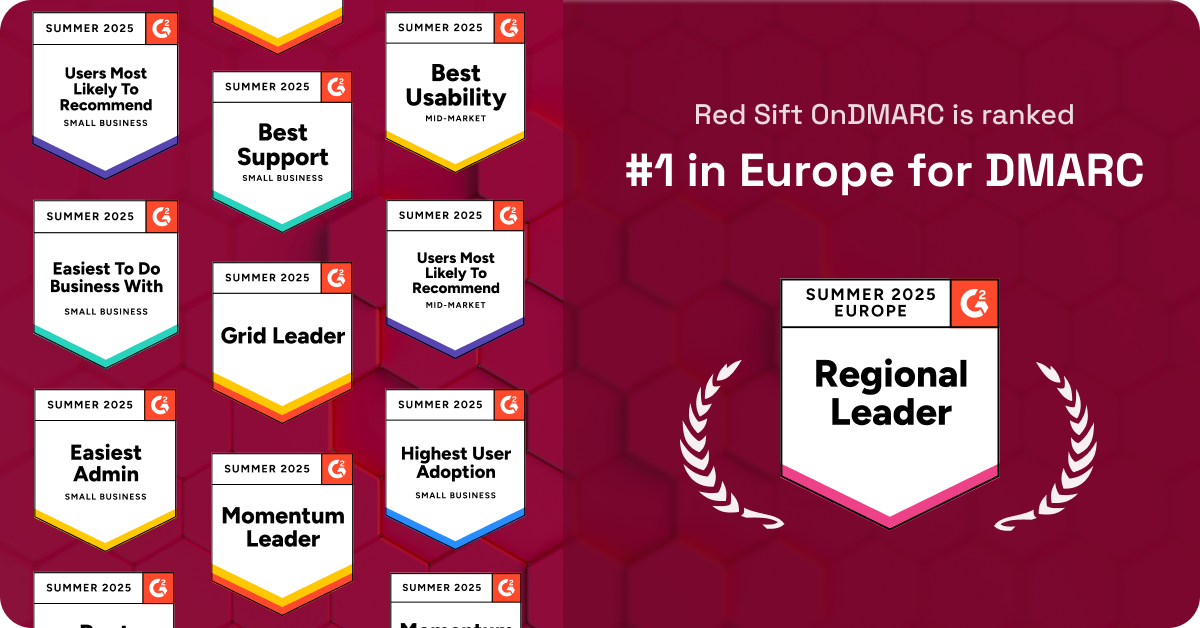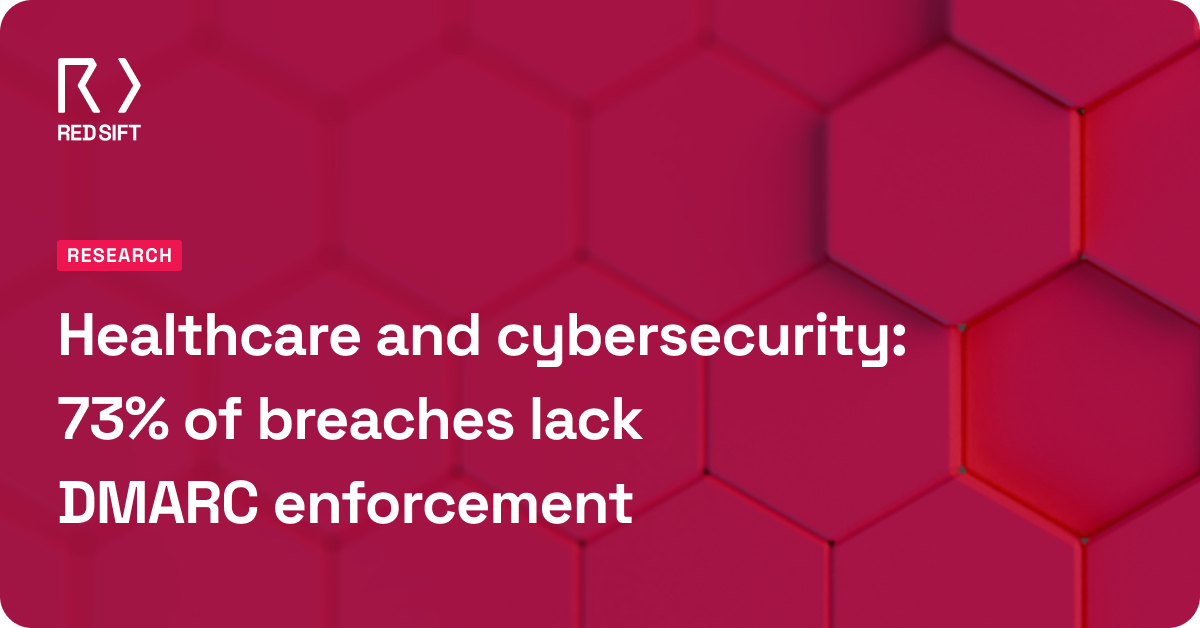The Oxford Dictionary defines ‘hack’ as: “Cut with rough or heavy blows in an irregular or random fashion”.
A second meaning follows: “Gain unauthorized access to data in a system or computer.”
It is this second meaning, that has caused controversy among many: ‘Hack’ used to have a positive feel; working on a tech problem in a different, more creative way than what’s outlined in an instruction manual. Even non-tech problems: Lifehack for example.
Similarly, a ‘hacker’ used to mean a person who enjoys exploring the details of programmable systems and how to stretch their capabilities, as opposed to most users, who prefer to learn only the minimum necessary. ‘Rooting’ Android devices, ‘Jailbreaking’ iOS to overcome their limits.
The word ‘cracker’ was suggested for the malicious members of the computer underground. However, instead of a division between the two, the following categories and terms emerged, each one
So I wrote this blog to provide some insight into these differences, rather than lumping everyone into the (possibly evil sounding) “hacker” group.
- White hat: A white hat hacker breaks security for non-malicious reasons; to test security systems, perform penetration tests, or vulnerability assessments, for themselves or for clients.
- Black hat: In contrast with the white, a black hat hacker breaks computer security for maliciousness or personal gain.
- Grey hat: A grey hat hacker is between a black hat and a white hat hacker. A grey hat hacker may hack a system to notify its admins about the security vulnerability,
then might offer to fix it for a fee. Grey hat hackers sometimes publish their findings to the whole world, instead of the admins. Even though they may not be hacking for personal gain, unauthorised access to a system can be considered illegal, not to mention unethical — well it’s a… grey area. - Blue hat: Blue hat refers to security consultants who are invited to test a system for exploits before its launch.
- Elite hacker: Elite (1337 in Leet, see below) is used to describe the most skilled hackers.
- Leet: A system of modified spellings where characters are replaced by similar looking glyphs. Also known as
eleet or leetspeak. - Script kiddie: A script kiddie is an unskilled hacker who breaks into computers by using automated tools or scripts created by others, usually with little or no understanding of the underlying concept.
- Neophyte: Someone who is new to hacking (also known as newbie or noob / n00b).
- Hacktivist: A hacker who utilises technology to publicise a social, ideological, political or religious message.
Crystal clear right? Good! Because this is the first in a series of blogs I’ll be sharing where I’ll be referring back to these terms and definitions.
Until the next time, stay secure!





